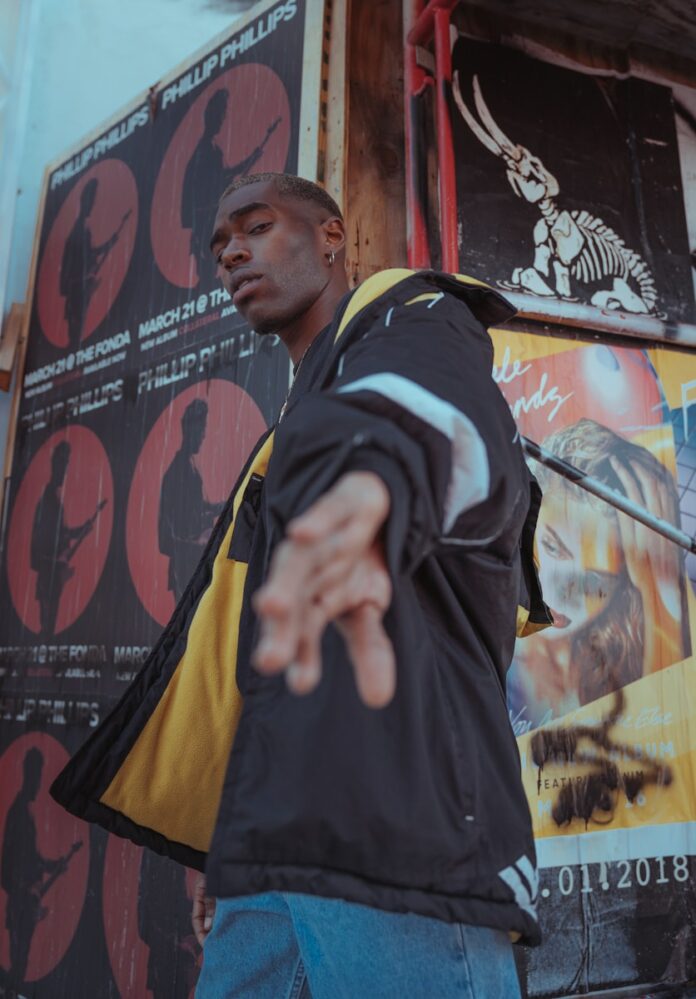When people talk about fashion, they often imagine the runways of Paris and Milano, and the various extravagant designer dresses no one wears in their normal day-to-day life.
However, fashion is obviously much more than that. In fact, the designers of the fashion world often frequent the sidewalks to see what more then can bring to the catwalks – to see what people like to wear and what trends set themselves naturally, as a grassroots development.
At the end of the day, while mainstream fashion, celebrities, and influencers certainly affect and often outright dictate the fashion choices of people’s everyday lives, the reverse also happens, albeit often in subtler ways.
What is street style itself?
Street style isn’t just whatever people are wearing today either – it’s a fashion style in and of itself. This is more than just the set of clothes you put on to go on a date with someone you’ve met on the Hily app.
The official roots of street style fashion go back to the post WWII era, back when youth culture started using fashion as more than just utilitarian clothing but as a means of self-expression and resistance to oppressive cultural trends.
Often directly tied to music and cinema, youth culture’s street style fashion ranged from zoot suits to rockers and mods. Various minority groups both in the US and in Western Europe used different street style fashion choices to distinguish and express themselves, but there was also lots of cross over as time went by.
These street style trends didn’t just happen in the West, either – virtually every country in the world developed its own different street style fashion trends. From the bold and colorful street style of Tokyo, Japan to the extravagant styles of South America, such trends are deeply unique to every culture but they are united by the fact that they are always grassroots and they are always born out of the youth’s desire to be themselves.
How street style fashion influences designers?
Almost every (honest) contemporary designer admits that they draw inspiration from street fashion for their work. In that way, it isn’t just mainstream fashion that drives street trends, it’s the other way around too.
In a sense, what most modern fashion designers do is function as a sieve for fashion – they see what people like and wear, they sift through it and try to create something that’s both unique, beautiful, and functional, so that those same people the new piece had been inspired by would wear it.
Then, the reverse happens – everyday people “sift” through the many thousands of designs created by the mainstream fashion industry every year, they pick the styles and trends they like the most, and incorporate those into their street style clothing.
And so the cycle goes.
What often breaks this cycle, however, is the inherent unpredictability of street style. Very often, people would wear certain items and combinations of items in ways that were originally intended by the designers themselves. This is very much what makes street style what it is, however.
What can we expect going forward?
As of today, street style is very much an expression of personal and political views for most people, even when they don’t particularly realize it. Contemporary street style is also characterized with a focus on both utilitarian purpose and sustainability.
In the near future, both the sociopolitical and environmental aspects of street style are expected to deepen, as is the growing focus of everyday people to move away from “fast fashion” and to smaller but more practical and long-lasting wardrobes that aren’t so much left on the whim of mainstream fashion.

